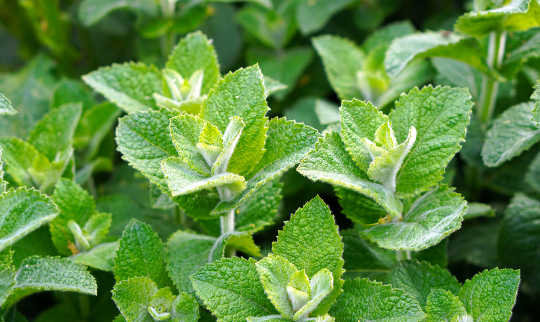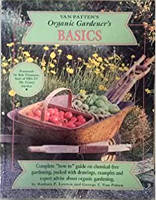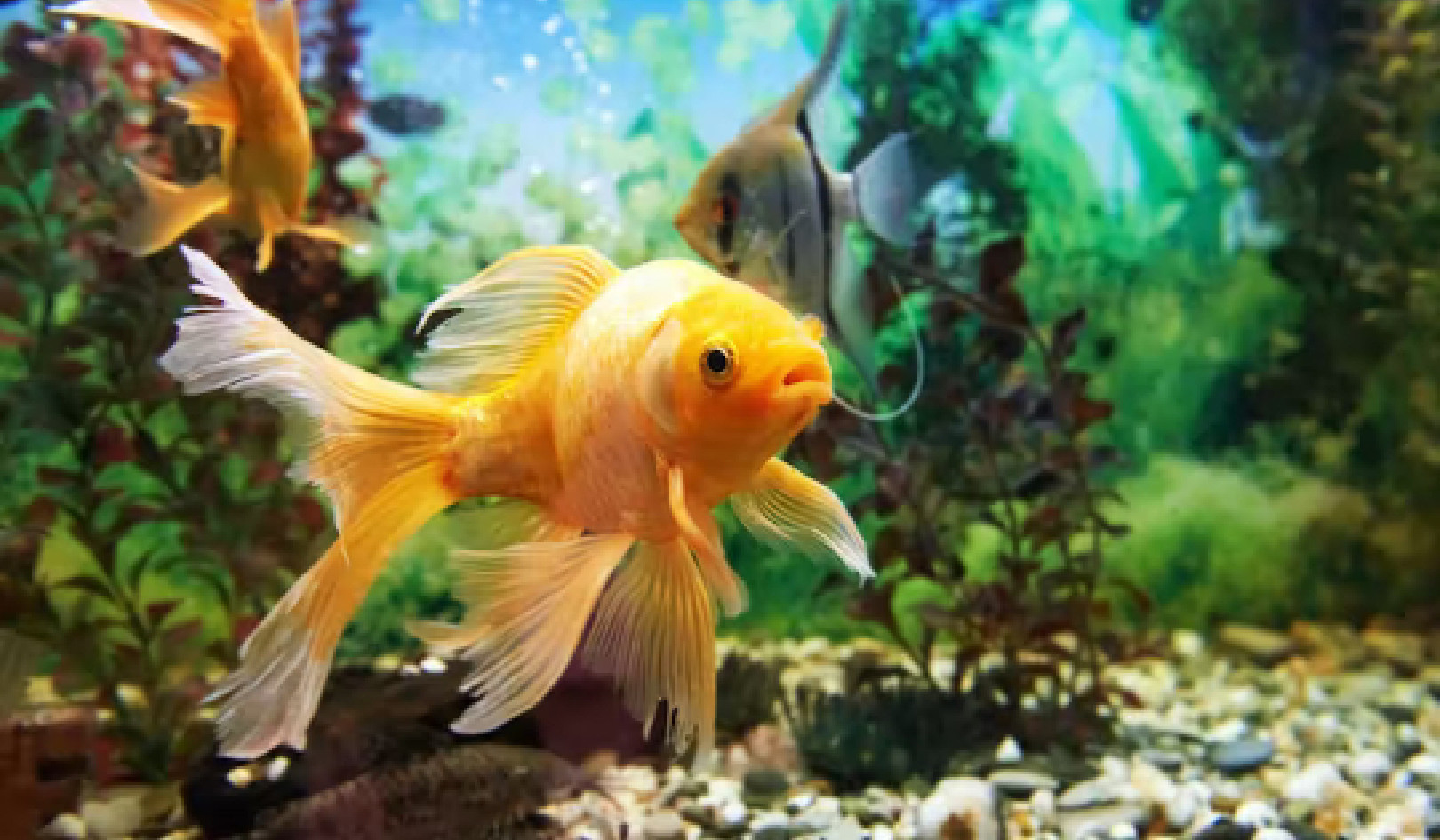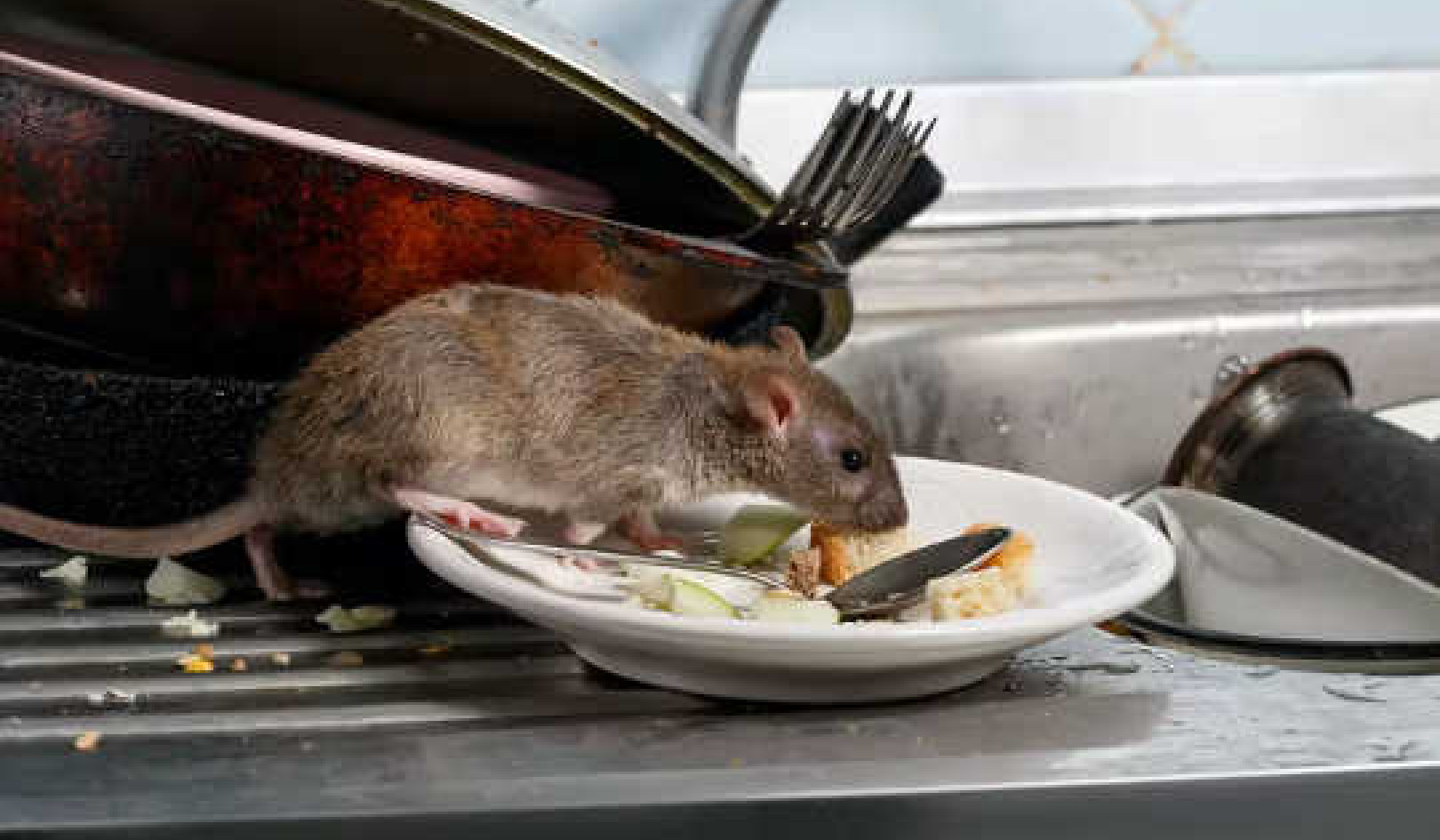
Image of healthy peppermint by Matthias Böckel
An herb garden can be as simple as a few pots of chives, mints, and basils at the edge of a sunny patio or balcony.
The important thing in to know now about herbs is that they are not very demanding and will do well in ordinary soil as long as they have good drainage and at least a half day of sun. The majority will thrive in soil that is neutral to slightly basic and not very fertile.
In fact, herbs will be more aromatic and flavorful if the soil is somewhat poor in nutrients. But well drained soil is important if your soil is compacted or heavy clay. Improve drainage by adding compost, perlite, or vermiculite. Better yet, add some of each and work them into the soil to the depth of about a foot.
Hints on Mints
The true mints are zesty perennials of several characteristic flavors and scents that are notorious for their usually rampant growth. They often will climb out of their appointed beds and appear in other garden areas where they may be less than welcome. They spread by roots and runners and also are able to start rootless wherever the stems touch the ground. Label them well and plant them in containers or beds that have barriers. Regular stem and root pruning will help keep mints from spreading.
SPEARMINT (Mentha spicata) is probably the best known true mint. It has rich green leaves, grows two to three feet in height, and has spikes of pink flowers. It comes in both curly and plainleaved types. Some spearmints are stronger in flavor than others so you may wish to sample several before choosing one for your garden. In addition to being a flavorful garnish for cold drinks and hot teas, spearmint is the key to mint sauce.
PEPPERMINT (Mentha x piperata) has a sharp taste that is familiar to all. Its glossy leaves are darker than spearmint and have a ruddy cast. Peppermint grows to a height of about a foot and a half.
APPLE MINT (Mentha suaveolens) has rounded, woolly leaves with an apple scent. This mint has white flowers and reaches three feet in height. Apple mint makes delightful teas and is especially good for making candied mint leaves.
CURLY MINT (Mentha aquatica var. crispa) has a milder mint flavor and is noted for its small, curled, light green leaves.
ORANGE MINT (Mentha X piperata var. citrate), also called bergamot mint, is known for its large, dark green leaves with wavy edges and distinct citrus scent and flavor. This is a different plant from the bergamot that is also known as bee balm (Monarda didyma) which also has a citrus flavor and fragrance, but is not a mint. The use of the common name, bergamot, for these plants is due to their similarity to bergamot oil from the tropical orange bergamot tree (Citrus aurantium) which is the characteristic flavor of Earl Grey tea.
PINEAPPLE MINT is a pineapple- flavored cultivar of apple mint and has similar uses. It has attractive cream and green variegated leaves.
Reprinted with permission from "Van Patten Organic Gardener's Basics" Copyright 1993 by Barbara P. Lawton & George F. Van Patten, published by Van Patten Publishing, 4204 SE Ogden Street, Portland, Oregon 97206.
 Article Source
Article Source
Organic Gardeners Basic
by George Van Patten.
Complete "how to" guide to chemical-free gardening, packed with drawings, examples and expert advice about organic gardening.
About the Author
 George Van Patten has been fascinated with indoor gardening for more than 20 years. In the early 1980s there was little information on the subject, so he started to do research and made hundreds of phone calls and visited countless nurseries. Soon he started writing articles in the Organic Gardening, Houseplant and the Growing Edge Magazine. The research progressed into the Gardening Indoors Series.
George Van Patten has been fascinated with indoor gardening for more than 20 years. In the early 1980s there was little information on the subject, so he started to do research and made hundreds of phone calls and visited countless nurseries. Soon he started writing articles in the Organic Gardening, Houseplant and the Growing Edge Magazine. The research progressed into the Gardening Indoors Series.























